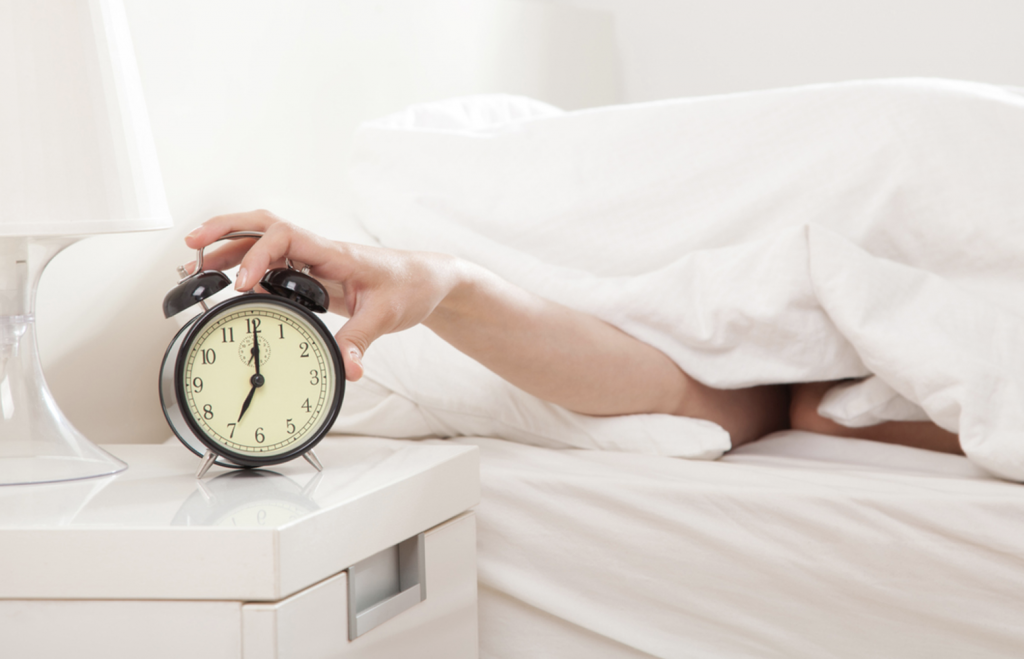Must we sit?
Have you ever considered how much sitting you do on a daily basis? How much of this is optional sitting and how much is non-optional sitting? The idea of optional sitting and non optional sitting first caught my eye in a book I started reading called, Deskbound, which was written by a Physical Therapist in America named Kelly Starrett and published in 2016. For those of us who spend a significant portion of our day sitting, this is a great way to really consider how much time we spend sitting and recognize this and take action to become more active and aware of our sedentary posture both at work and at home.
Sedentary behaviour, particularly prolonged sitting has become a hot topic over recent years. Current research has demonstrated that there is a significant association between sedentary behaviour and poor health. As outlined in a recent publication by Safe Work Australia in March 2016, sedentary behaviour has been shown to be detrimentally associated with all-cause mortality, cardiovascular disease, diabetes, obesity, musculoskeletal disorders, some cancers, mental ill-health and health related quality of life. Safe Work Australia conducted a full review of the current literature and although, the evidence for health consequences of exposure to prolonged sitting is not as strong as the effects of overall sedentary behaviour, the evidence is developing quickly.
When considering static postures and sedentary behaviour, musculoskeletal pain disorders are frequently the most prevalent, taxing and costly occupational health issue. While employers and Occupational Health and Safety departments are making efforts to address the issues of sedentary behaviour in the workplace, it is also important to address this outside of work in our daily lives.
Yes, we must sit, but sit well.
So here is our dilemma, we cannot avoid sitting. What we can do is limit the time we spend sitting and sit well. Sitting and standing can be considered the most difficult technical things we do. It is easy to get lazy and switch off and let our body parts hang on our passive structures like our ligaments. When we sit well or stand well we are asking our muscles to work at a very low intensity for a long period of time, activating our muscular endurance. If we have poor endurance around our trunk and pelvis, which is where the bulk of our postural muscles are, then this becomes a problem and commonly leads to neck, shoulder and lower back pain. The first step to achieving an ideal posture in sitting and standing is recognising the natural curves of our spine and what is considered a neutral position. In a neutral spine position, the forces on the spinal column and tissues surrounding it are minimal and the least amount of energy is required to maintain this position. Maintaining a neutral spine position cushions our movement and protects our spine, optimises breathing and the circulation of body fluids and it allows activation of the right muscles during movement.
What we can do to help reduce the effects of prolonged postures on our body and our health.
There is no time like the present to make life changes to improve our health and get up and move. When we get up and move we stimulate a number of systems in our body. We release the postural tension in our muscles, stimulate our balance system, increase our metabolism, and increase our circulation to name a few.
Here are some simple recommendations to help keep our bodies healthy and active and minimise the effects of everyday sedentary postures or behaviours both at work and at home.
- First and foremost, consider the idea of optional sitting and non-optional sitting and try to make subtle changes to your usual routine. Make an effort to stand or walk when you do not have to sit.
- Improve your awareness of and maintain a neutral spine position.
- Organise a sit stand workstation, both at work and at home if this is possible, so you can freely move from one position to the other.
- Aim to move every 30 minutes, whether it is standing up for a few minutes or changing your position entirely.
- Organise a standing or walking meeting with friends or colleagues instead of sitting in your office or at a cafe.
- Stand to read documents or while talking on the phone.
- Walk to deliver a message instead of sending an email.
- Take the stairs instead of the elevator, park further away or take the scenic route to the toilet.
- Drink more. Getting up and filling your water bottle will also get you hydrating and going to the toilet.
- Set reminders to get up and have a stretch. If you have the space in your office, keep a small foam roller beside your desk to stretch out and release some tightness in your body. This will help to release any tension, which may be building in your body over the course of the day.
Recognising our sedentary behaviour is the first step to changing it. Reducing the amount of time, we spend sitting during the day, sitting well and increasing our activity level is the best overall outcome to diminishing the effects of sedentary behaviour. Find opportunities to be active and get moving!


